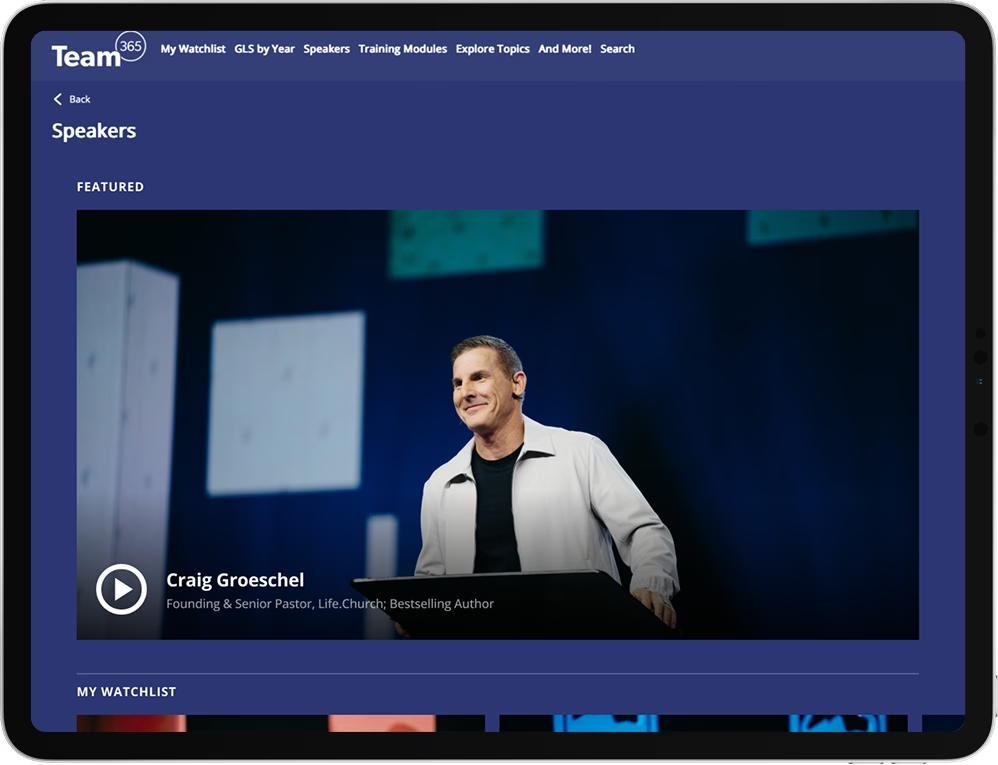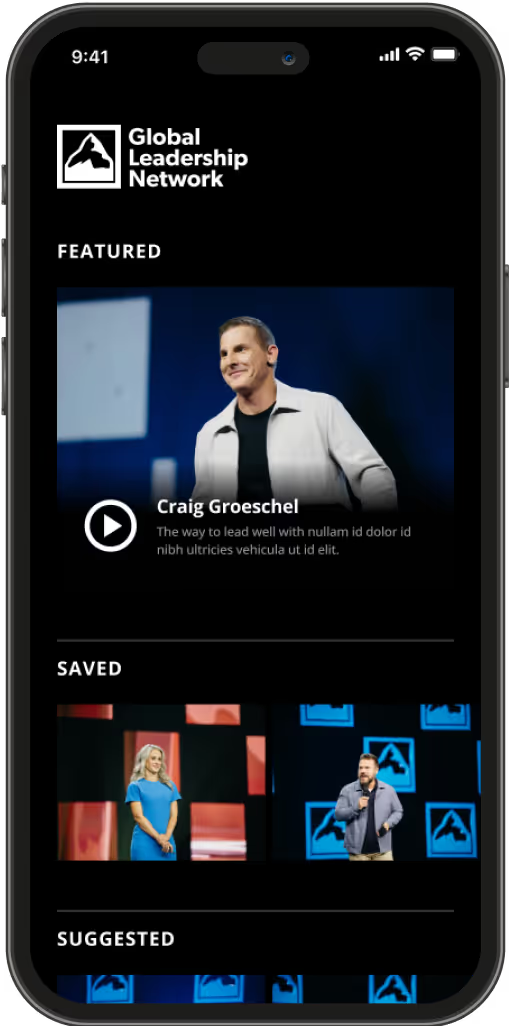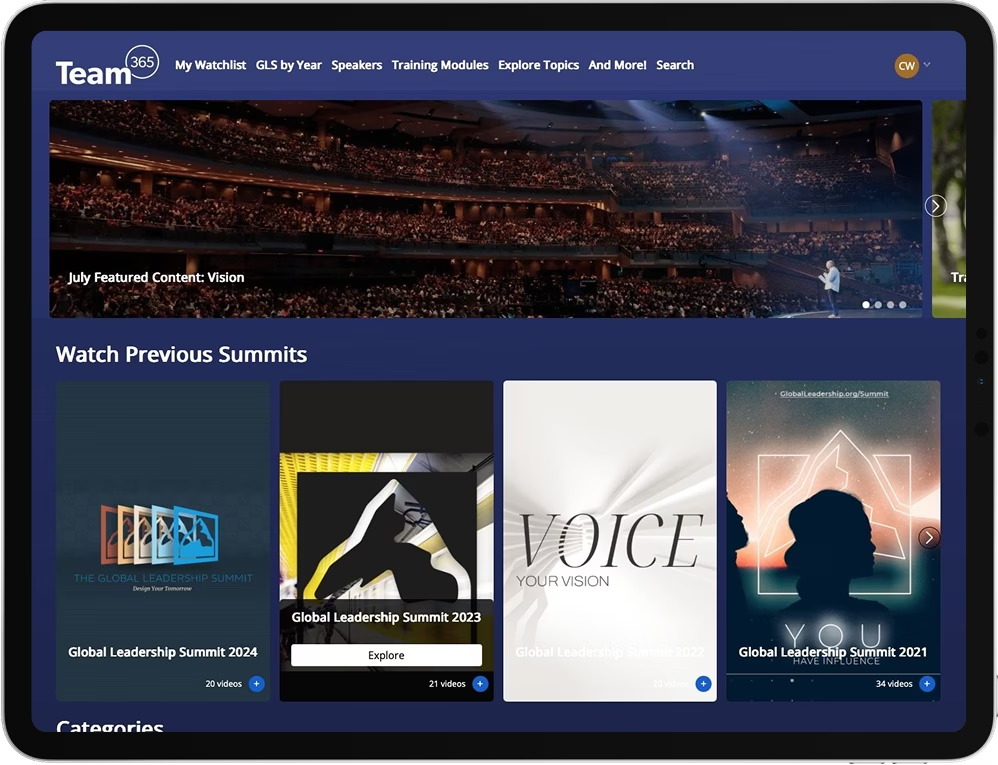There’s an enormous difference between talking and communicating….
And leaders, who seek to truly connect with people, must understand this vital difference.
Communication takes into account the unspoken cultural realities that can define and interpret the message. As Erin Meyer taught us at the 2016 Global Leadership Summit, “We’re all speaking between the lines, but the context of the conversation is very different.”
I am living out this lesson in real time on my current trip in Australia and India, where I am connecting with GLS teams. Along the way my wife, Nora and I stopped in the Australian city of Townsville, to visit our son and his wife, along with our new grandchild. At one point, my wife approached our daughter-in-law with a request laced in typical Canadian courtesy, “Do you mind if I hold the baby?”
Our daughter-in-law responded with typical Australian straight-forwardness, “Why would you want to know whether or not I mind?”
She was not being rude. To her (in the Australian cultural context of directness), she didn’t know why my wife hadn’t simply asked, “May I hold the baby?”
It’s relatively easy to navigate these waters within the context of a loving family unit, but sometimes the leadership stakes are higher. Such as,
- As an American, should you be worried when you’ve been waiting two days for an email reply from an associate in the Philippines?
- As a Latin American, when your visitor from the U.S. wants to discuss business over lunch, should you be surprised and wonder where the relationship building is?
- As a German, how do you respond to all the praise you are receiving from North American colleagues for simply doing your job?
Whether or not you regularly work on an international platform, the fact is that today we live in a global marketplace. And knowing how to navigate these cultural nuances can mean the difference between truly communicating, and simply talking.
In my own role, which involves extensive international travel, I have learned that the starting place is to focus on these four essentials:
- Understand from the outset that there are different cultural contexts that will affect understanding.
- Openly acknowledge your lack of familiarity with the local culture. Your colleagues will grant you grace.
- Become a student of the cultural world into which you are entering.
- Always use ‘respect’ as your lead card. Never lead with the assumption that everyone else should accommodate your own cultural norm.
For advanced credit, revisit Erin Meyer’s talk from the 2016 Global Leadership Summit, and read her book, The Culture Map.
But until you do, start by focusing on these four essentials.
It’s the quickest way to move from merely talking to truly communicating.
Related

The Tech CEO who sold his home to live with the formerly homeless

Self-Care Should Not Be Selfish: Why Leaders Thrive When They Look Beyond Themselves

Does your team have a microculture?
Leadership That Lasts
Team365 isn’t just a platform. It’s a commitment to grow, lead and live with purpose — every single day. Whether you’re here for content, community or clarity, you’re in the right place. Your leadership matters. Let’s keep going.





